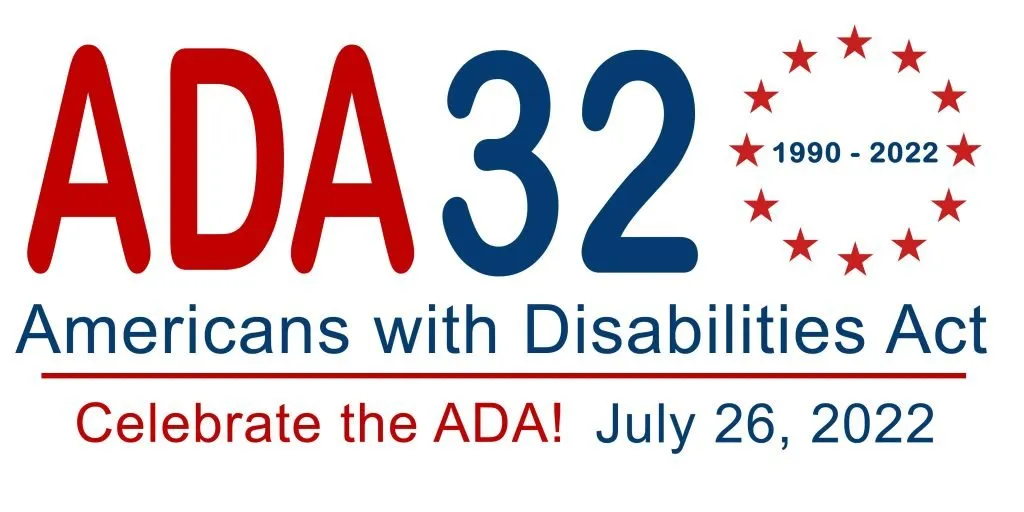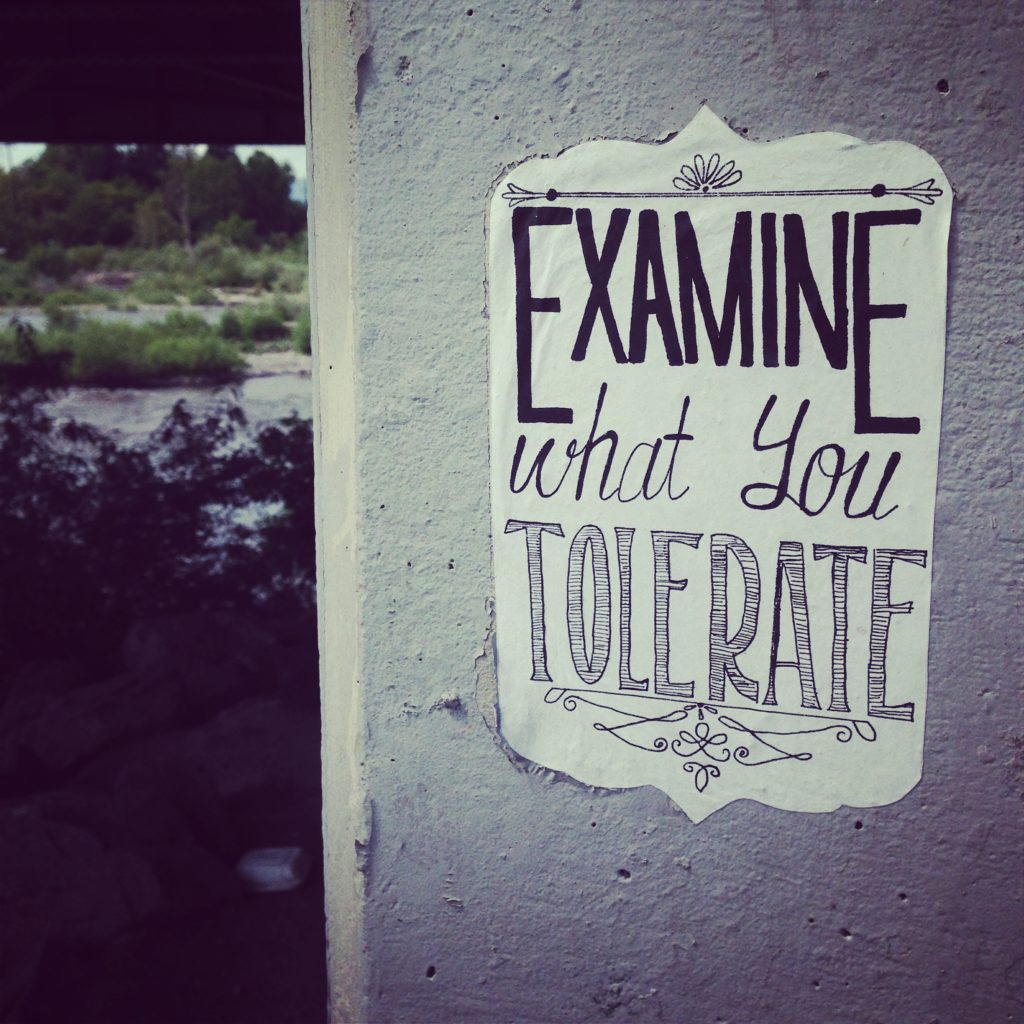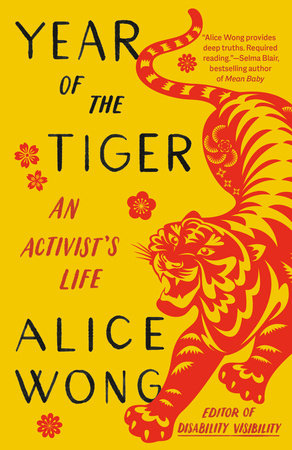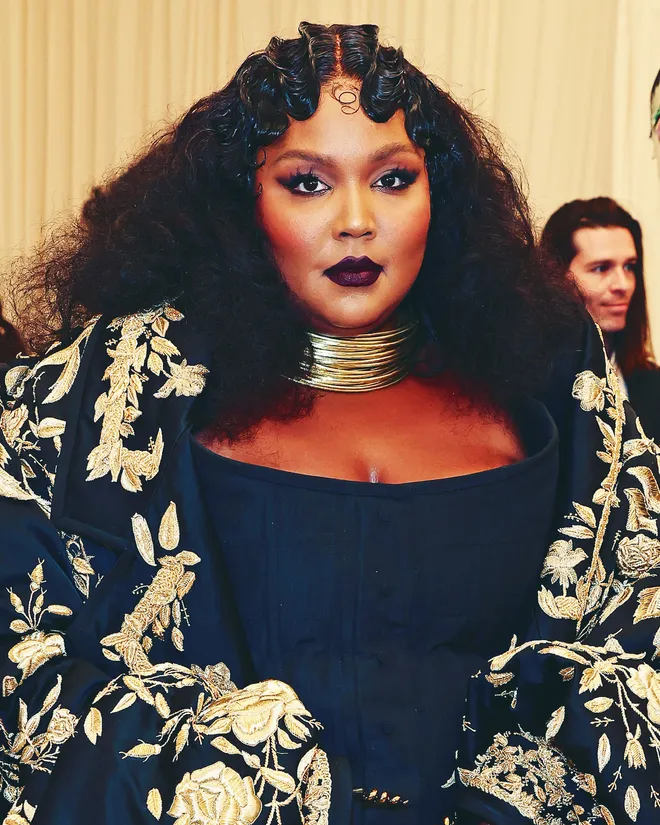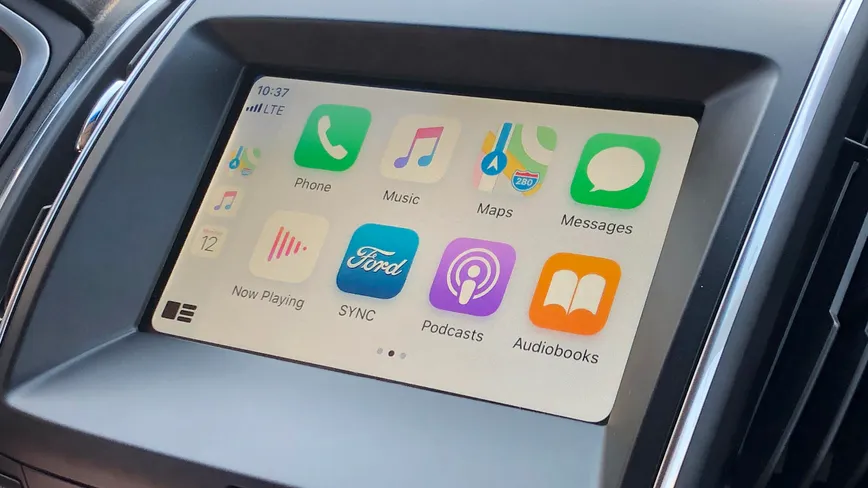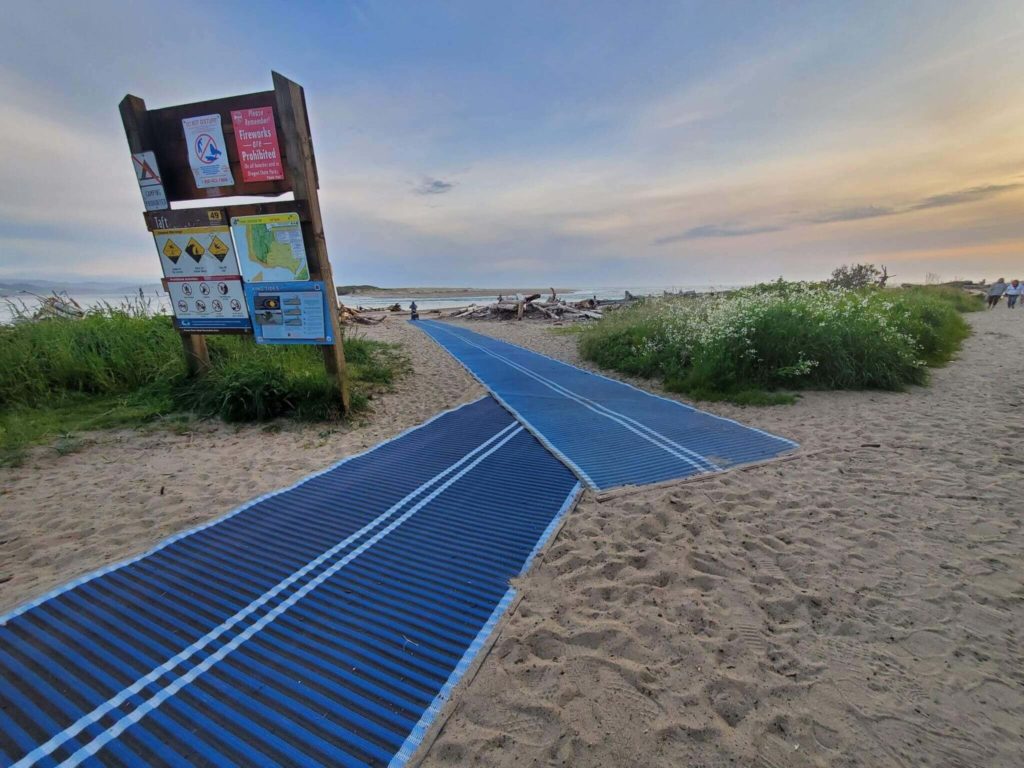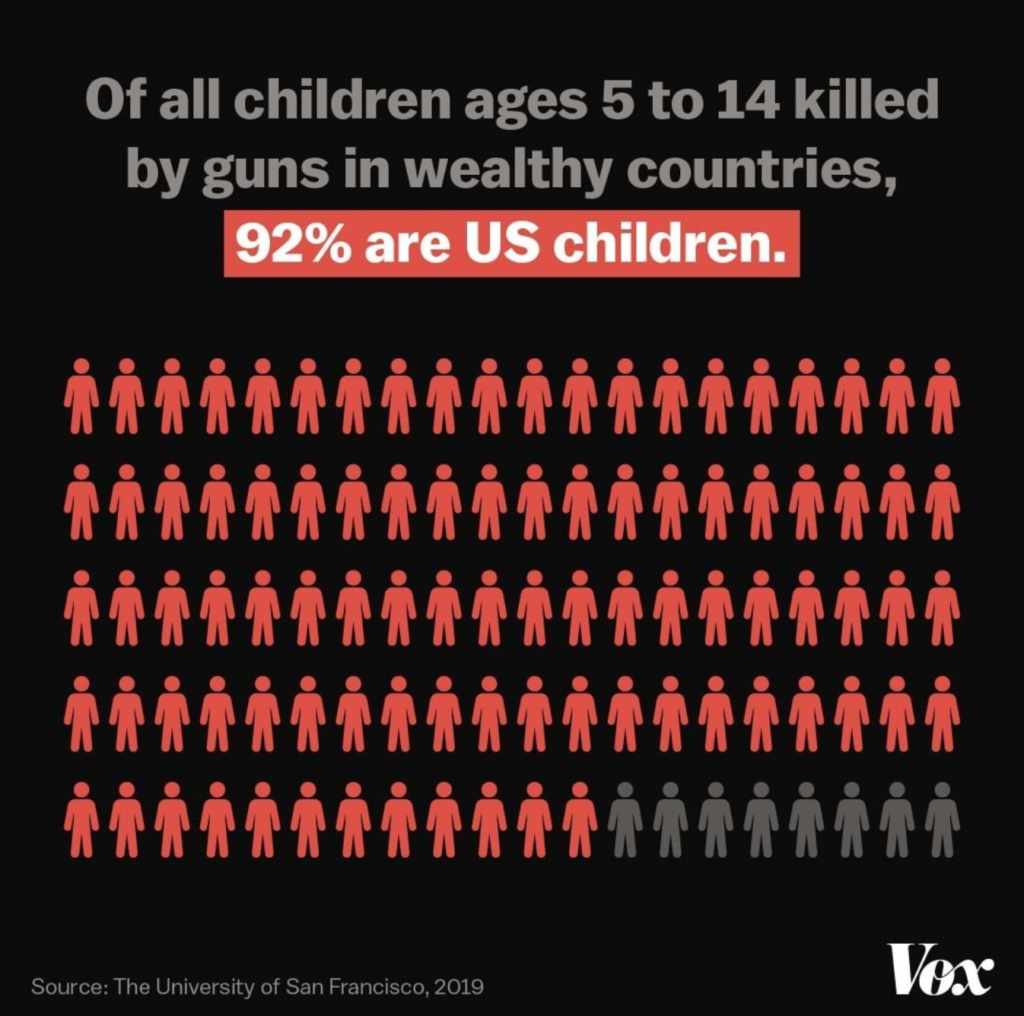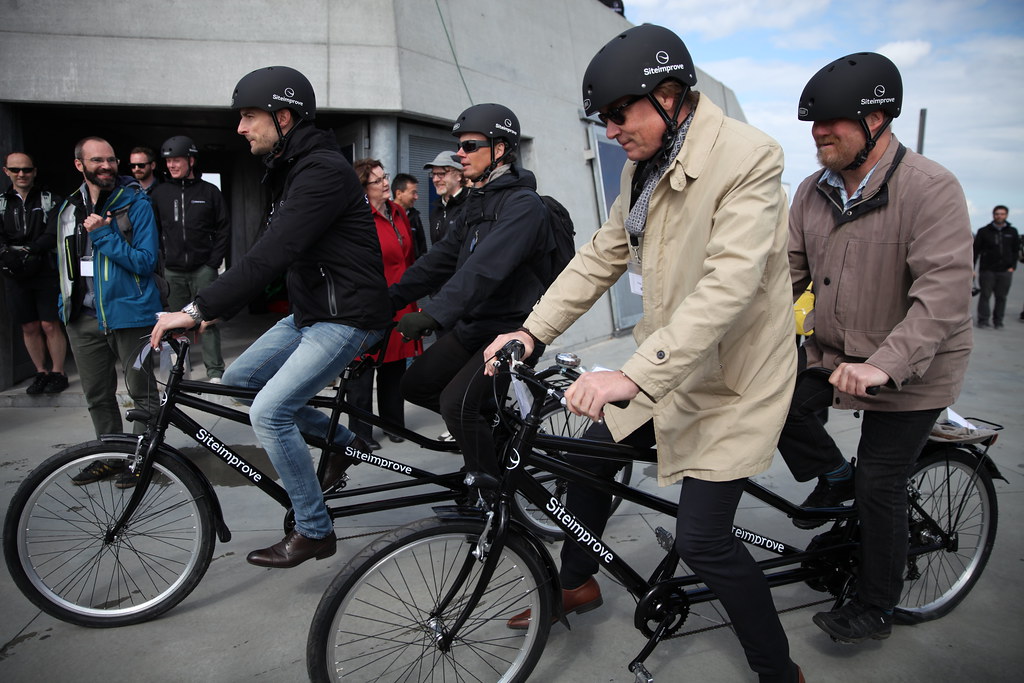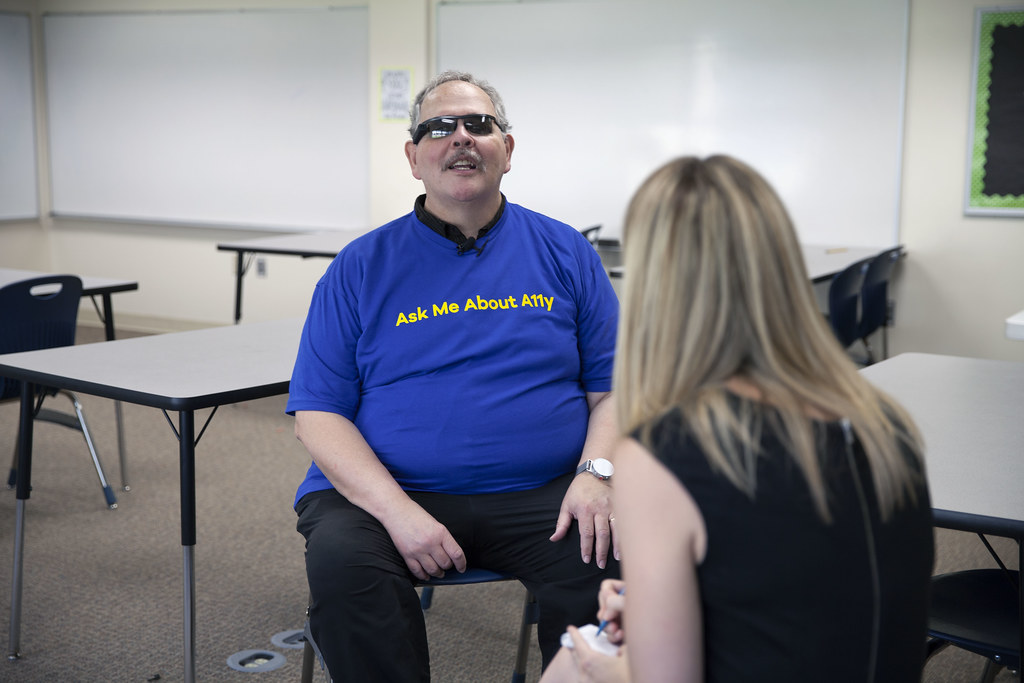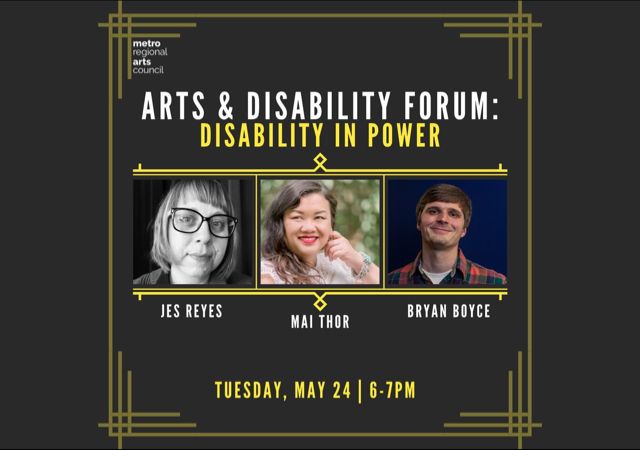How We Got Here
On this day in 1990, the Americans with Disabilities Act (ADA) was signed into law. This historic civil rights legislation is intended to protect the rights of people with disabilities (like myself and my family members and many others I care about). The Administration for Community Living has a page with some backstory and a timeline of ADA milestones. Members of the disability community have been commemorating the anniversary in different ways. Too many to post!
Where We’re At
- From Disability Rights lawyer Laney Feingold: “Let the ADA be a door opener and a powerful enabler, not a fear-producer. On today’s anniversary let’s recommit to the promise of the ADA in the digital space.”
- Patrick Sturdivant of Deque put up a wonderful blog post about The 10 affirmations of good digital accessibility. I recommend bookmarking that one and sharing it with others.
- Here are two video posts from Disability Advocate, Kelsey Lindell: “share this if you love disabled people” and “how to be an ally to disabled people“
- LinkedIn put together a solid list of Top Voices in Disability Advocacy: The 12 creators to follow.
- Listen to Judy Heumann’s podcast. Particularly an episode like “What does disability pride mean to you?“
- Learn how to be a better ally to the disabled community, from Diversability.
- Lastly, I’m attending a zoom session called “Honoring the ADA Anniversary: Reproductive Rights, Deinstitutionalization, and Disability Pride.” Hosted by the Organizers Forum and Senior and Disability Action, in conjunction with Diversability.
Where We’re Headed
As many have noted, the ADA was a hard-won victory and a great starting point. Unfortunately, the laws aren’t always enforced. Demystifying Disability author Emily Ladau shared a post about waiting for the ADA to be fully realized. We’re Not Broken: Changing the Autism Conversation author and journalist Eric Garcia wrote an article about “how endangered disability rights are” and “why many people within the community are afraid the ADA is next on the chopping block.” Read the full piece: How this Supreme Court is setting back disability rights — without even trying. We need to keep fighting for our rights. Perhaps on this anniversary, more than any other.
